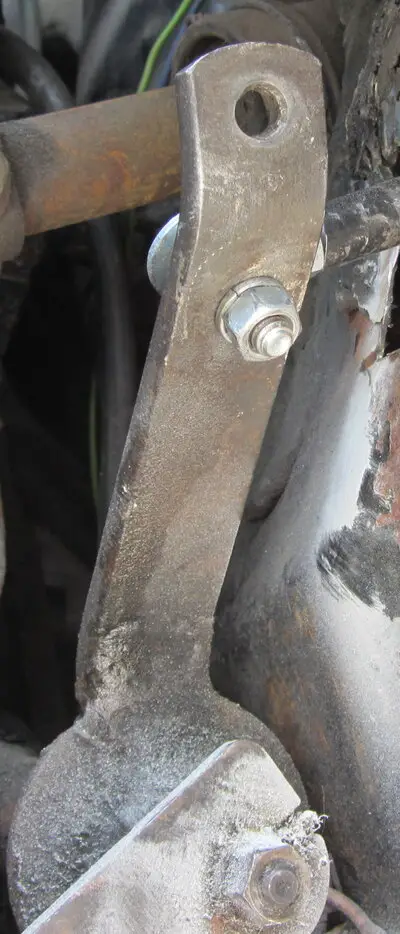I had to use an adjustable pivot ball once. I needed to re-locate the clutch fork in the bell housing window. For some reason the fork was too close to the rear of the window. It did not have enough room to travel for full clutch dis-engagement without hitting the rear of the window. The pivot ball allowed me to move it forward so that the entire travel occurred within the confines of the window, as it should. Remember that even though the clutch pedal is moving a great distance, because of the geometry, the action at the flywheel is minute. If you have re-surfaced the flywheel several times, that can be enough to cause problems. Back when our cars were new, GM used two types of diaphragm pressure plates. The flat finger and the bent finger plates were used, with the tall and short throwout bearings accordingly. There used to be three pivot balls, short, tall, and in-between. Normally these parts could be interchanged to solve various problems. Plus, parts from different models could be substituted in the same way. Once you start using aftermarket parts, problems occur that need things like adjustable pivot balls, different TOBs, etc, to solve.



